Description
Small Koi (Koi Carp) – Comprehensive Overview
Small Koi, scientifically known as Cyprinus rubrofuscus, are a beloved variety of ornamental fish that have captured the hearts of aquarists and pond enthusiasts worldwide. These vibrant fish are descendants of the common carp and are celebrated for their stunning colors, intricate patterns, and graceful movements. Originating from East Asia, particularly Japan and China, Koi have become symbols of prosperity, good luck, and perseverance in various cultures.
Appearance
Small Koi are known for their remarkable colors and patterns, which can range from deep reds, oranges, and yellows to whites, blacks, and blues. Their size is typically smaller than standard Koi, often reaching lengths of 6 to 12 inches (15 to 30 cm), making them ideal for smaller ponds or aquariums. They have elongated, streamlined bodies with flowing fins that enhance their graceful swimming. The patterns on their scales can vary widely, with common types including Kohaku (red and white), Sanke (red, white, and black), and Shiro Utsuri (black and white).
Behavior and Temperament
Small Koi are generally peaceful and social fish that thrive in groups. They are known for their curious nature and can become quite interactive with their owners, often swimming to the surface during feeding times. Koi are intelligent and can recognize their caretakers, making them a delightful addition to any aquatic setup. However, it’s important to provide them with ample space and a suitable environment to avoid stress and promote healthy behavior.
Tank or Pond Requirements
Creating an ideal habitat for Small Koi is crucial to their health and well-being:
- Tank or Pond Size: A minimum of 100 gallons is recommended for a few small Koi, as they require plenty of swimming space. In a pond, ensure it’s large enough to accommodate their potential growth and provides adequate depth for seasonal temperature changes.
- Water Temperature: Ideal temperatures range from 15°C to 25°C (59°F to 77°F). Koi are cold-water fish but thrive in warmer conditions during the growing season.
- pH Range: Koi prefer a slightly alkaline environment with a pH of 7.0 to 8.0.
- Water Quality: Maintaining excellent water quality is essential. Use a good filtration system and perform regular water changes to keep nitrate levels low.
- Pond Setup: Provide a natural environment with rocks, plants, and shelters to mimic their natural habitat and reduce stress. Koi enjoy basking in sunlight, so ensure there are shaded areas available.
Diet and Feeding
Small Koi are omnivorous and require a balanced diet to thrive. Their diet should include:
- High-Quality Koi Pellets: Specifically formulated to provide the necessary nutrients for growth and coloration.
- Frozen or Live Foods: Such as brine shrimp, daphnia, and bloodworms for added protein.
- Vegetables: Blanched peas, spinach, and lettuce can be offered as a nutritious snack.
Feeding should occur 1-2 times daily, providing only as much food as they can consume in a few minutes to prevent water quality issues.
Breeding
Breeding Small Koi can be a rewarding experience, though it requires specific conditions:
- Conditioning: Ensure that both male and female Koi are well-fed and healthy before introducing them to a breeding environment.
- Breeding Pond: A separate area with ample plants for the female to lay her eggs is essential.
- Water Conditions: Slightly cooler temperatures and good water quality can stimulate spawning.
After spawning, the eggs usually hatch within 3 to 7 days, depending on water temperature. The fry can be fed infusoria or finely crushed Koi pellets until they are large enough to eat standard food.
Health and Common Issues
While Small Koi are generally hardy, they can be susceptible to various health issues, including:
- Ich (White Spot Disease): Treatable by increasing water temperature and using medications.
- Koi Pox: A viral infection that causes skin lesions; maintaining good water quality can help prevent outbreaks.
- Fin Rot: Often caused by poor water conditions; prompt treatment is necessary.
Regular observation, good husbandry practices, and prompt treatment of any health issues are vital for their well-being.
Lifespan
With proper care, Small Koi can live for 15 to 25 years, with some even reaching 30 years or more in optimal conditions. Providing a stable environment, a balanced diet, and routine pond maintenance will help them thrive and ensure a long, healthy life.
Conclusion
Small Koi are a beautiful and vibrant addition to any pond or aquarium, offering aesthetic appeal and companionship. Their lively behavior and stunning colors make them a favorite among aquarists and pond enthusiasts. Ensure proper care and a well-maintained environment to enjoy the enchanting presence of Small Koi in your aquatic display. Visit your local aquarium shop in Kukatpally, Hyderabad, to explore these magnificent fish and enhance your aquatic experience!

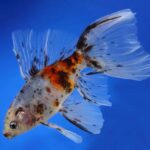
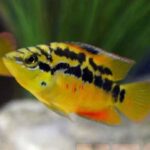
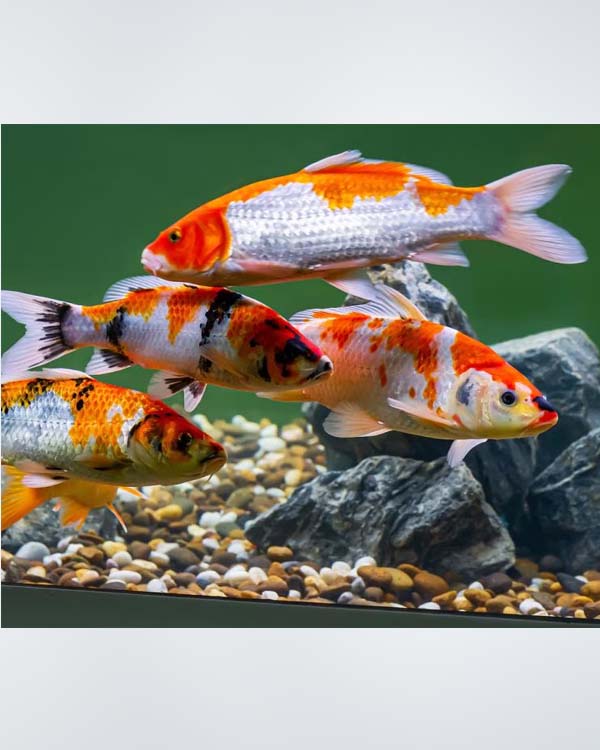

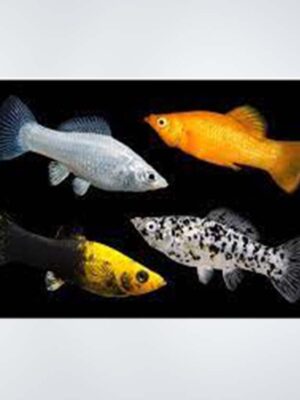
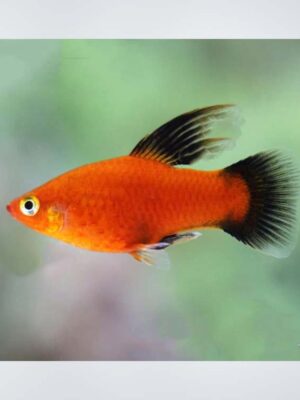
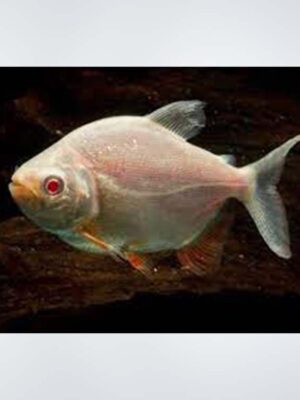
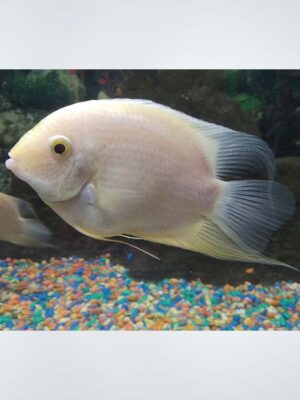
Reviews
There are no reviews yet.